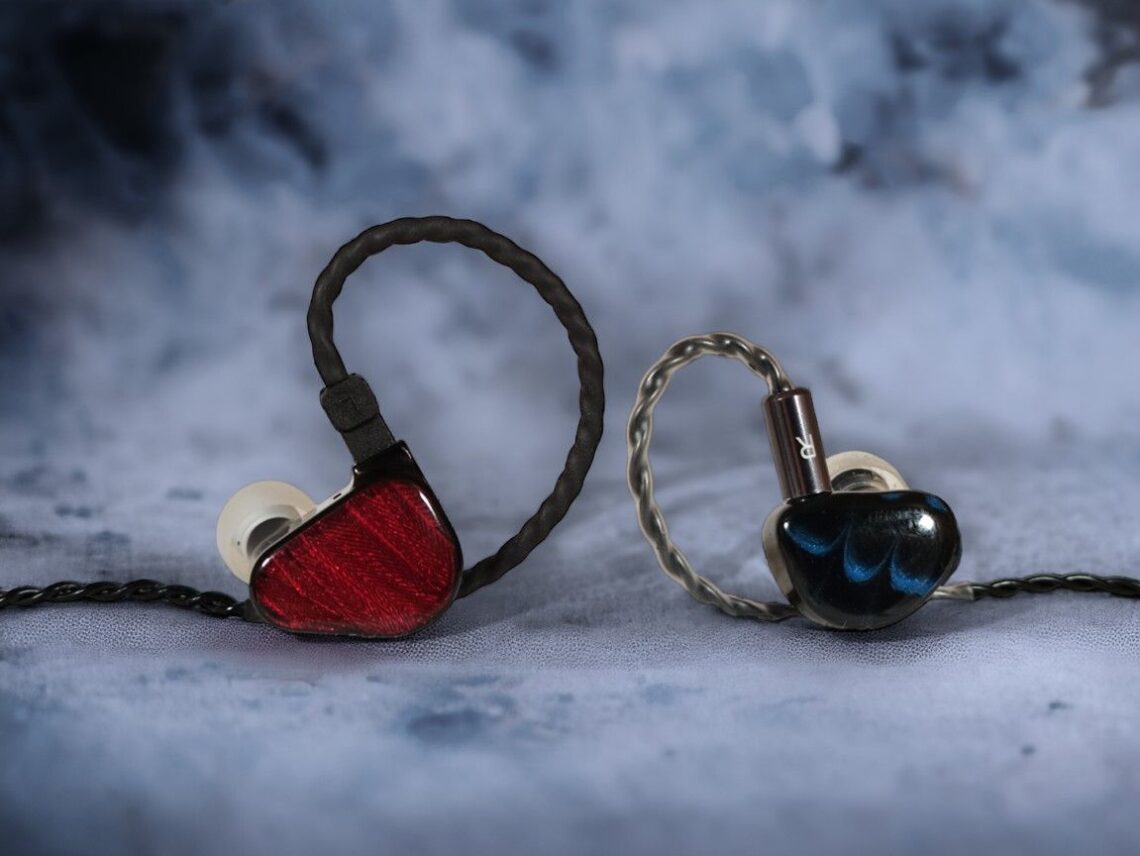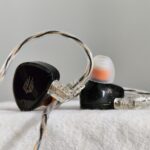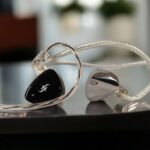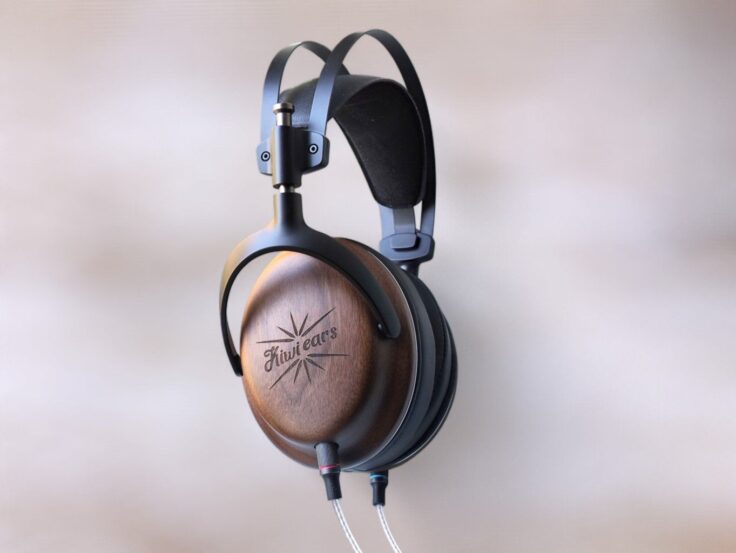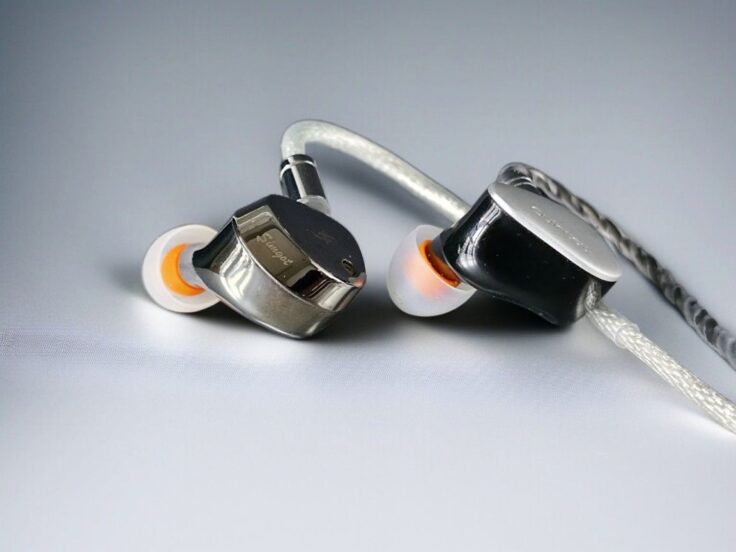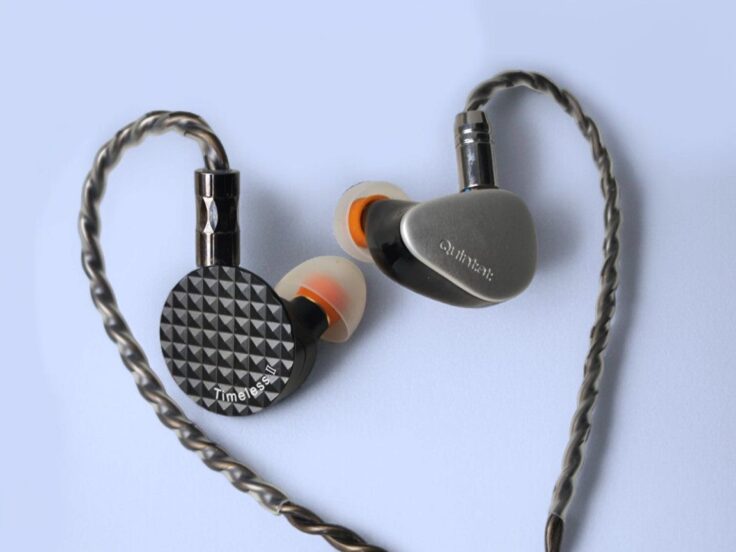Two of the most popular, inexpensive IEMs on the market are the Kiwi Ears Cadenza (35 USD) and the Truthear x Crinacle ZERO (55 USD). Even though they’re both aiming to be very affordable, the ZERO RED is 50% more expensive, something to keep in mind when assessing them.
The Cadenza utilizes a large 10mm driver with a Beryllium-coated diaphragm. Beryllium is used for its light weight and rigidity, and it’s used in many high-end audio designs. The Cadenza comes in a very basic and minimalistic package: There are the IEMs, a cable, and some decent, but not high-quality, tips. The cable has a straight 3.5-millimeter plug and unfortunately lacks the “phone case” extension on the plug. However, third-party replacement cables are readily available, often at a very low cost.
The ZERO RED utilizes a dual-dynamic driver setup, with a 10mm driver for the bass and a 7.8mm driver for the mids and treble. This is more complex compared to the single driver of the Cadenza. That doesn’t necessarily make it better, many flagships in the world of IEMs use single dynamic drivers. The two drivers make the ZERO RED significantly larger than the Cadenza.
The ZERO RED comes with a more premium box, a carry pouch, and a similar cable as the Cadenza, but it features an angled 3.5 mm jack with a “phone case” extension. Additionally, tips are of a slightly better quality. However, with the Cadenza, you have an extra $20 to purchase your preferred tips.
Despite their differences, the ZERO RED and the Cadenza feature sound profiles that are quite similar. Both models have variations of “Harman curve” tuning. The ZERO RED was developed in collaboration with the audio-measuring guru known as “Crinacle”, thus the long name.
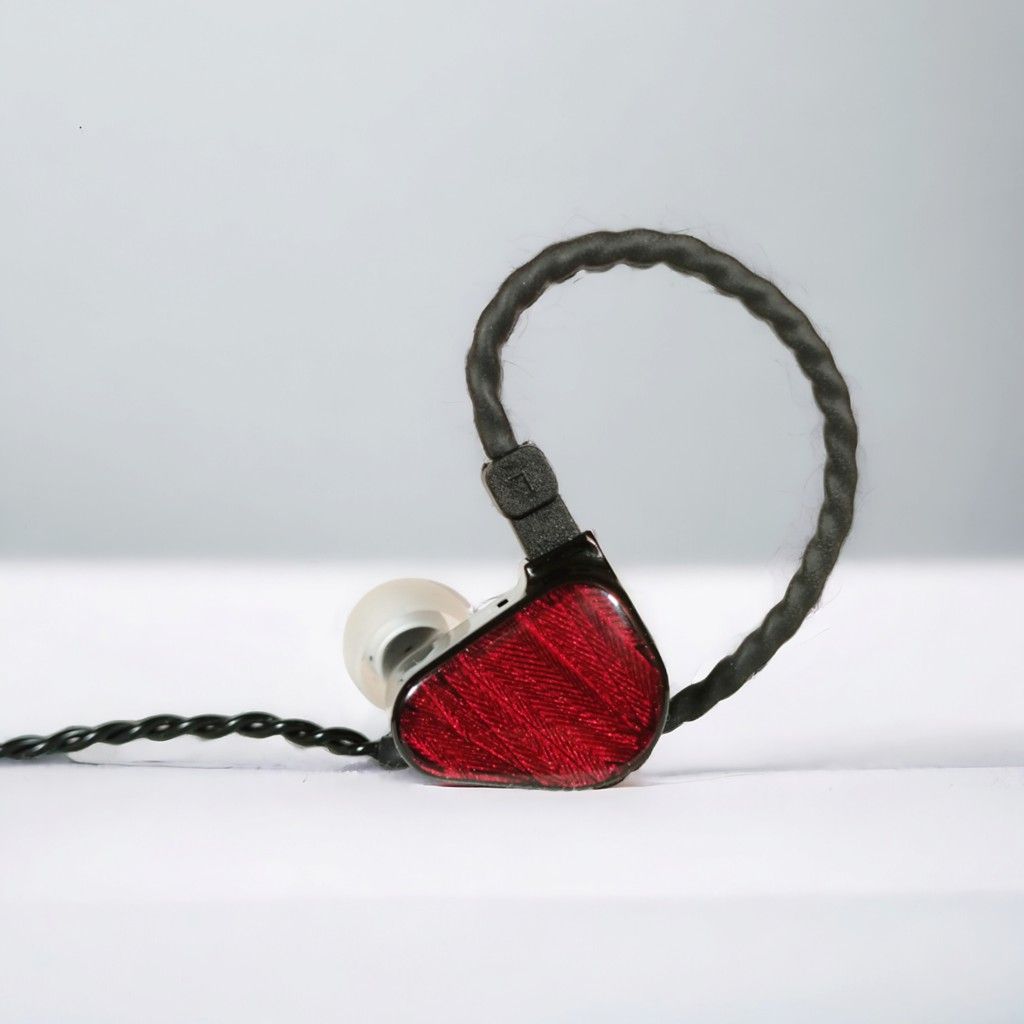
TRUTHEAR x CRINACLE ZERO:RED SPECIFICATIONS
- Driver: Two dynamic drivers 10mm (bass) and 7.8mm (mids and highs)
- Diaphragm: Polyurethane Suspension LCP Liquid Crystal Composite Diaphragm
- Impedance: 17.5 Ω +/- 15% @1KHz
- Sensitivity: 117.5dB/Vrms @1KHz
- THD: < 1%@ 1khz
- Frequency Response Range: 20-40. 5kHz (IEC61094, Free Field)
- Effective Frequency Range: 20-20kHz (IEC60318-4, -3dB)
Check the price on Amazon: ZERO:RED
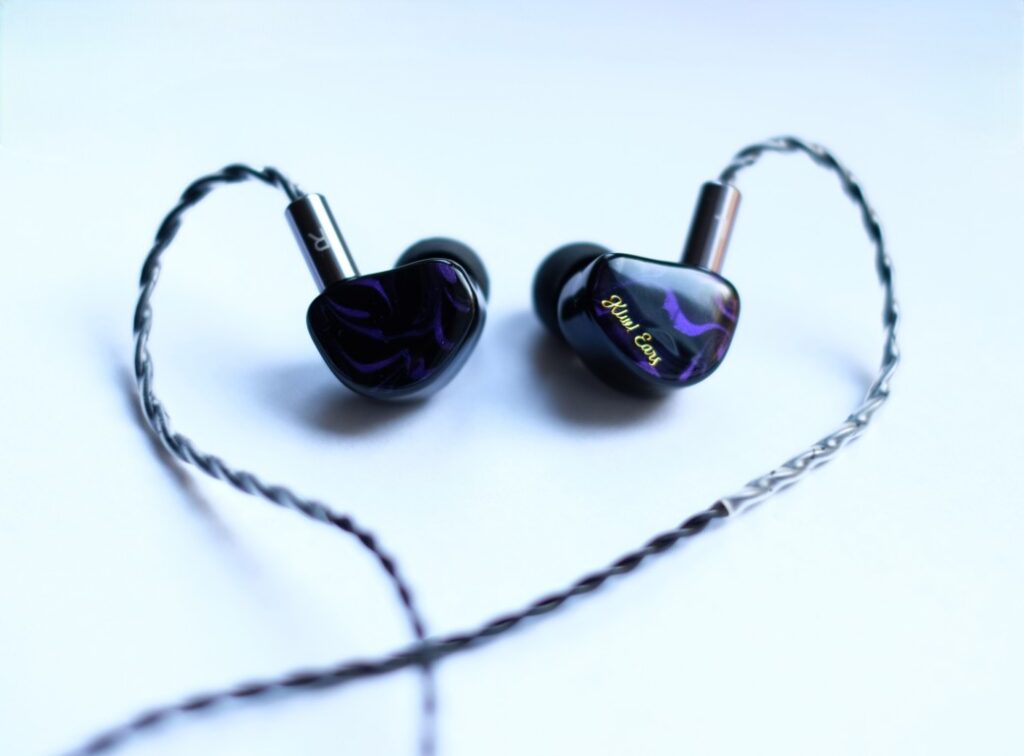
KIWI EARS CADENZA SPECIFICATIONS
- Drivers: 10mm Beryllium Dynamic Driver
- Sensitivity: 110dBSPL/mW
- Impedance: 32Ω
- Frequency Range: 20Hz-20KHz
- Earphone Material: Medical grade resin
- Cable IEM Interface: 2 pin 0.78mm
- Cable Plug: 3.5mm
- Price when reviewed: USD 31.49
Check price:
- Amazon Kiwi Cadenza
- Linsoul: Kiwi Cadenza
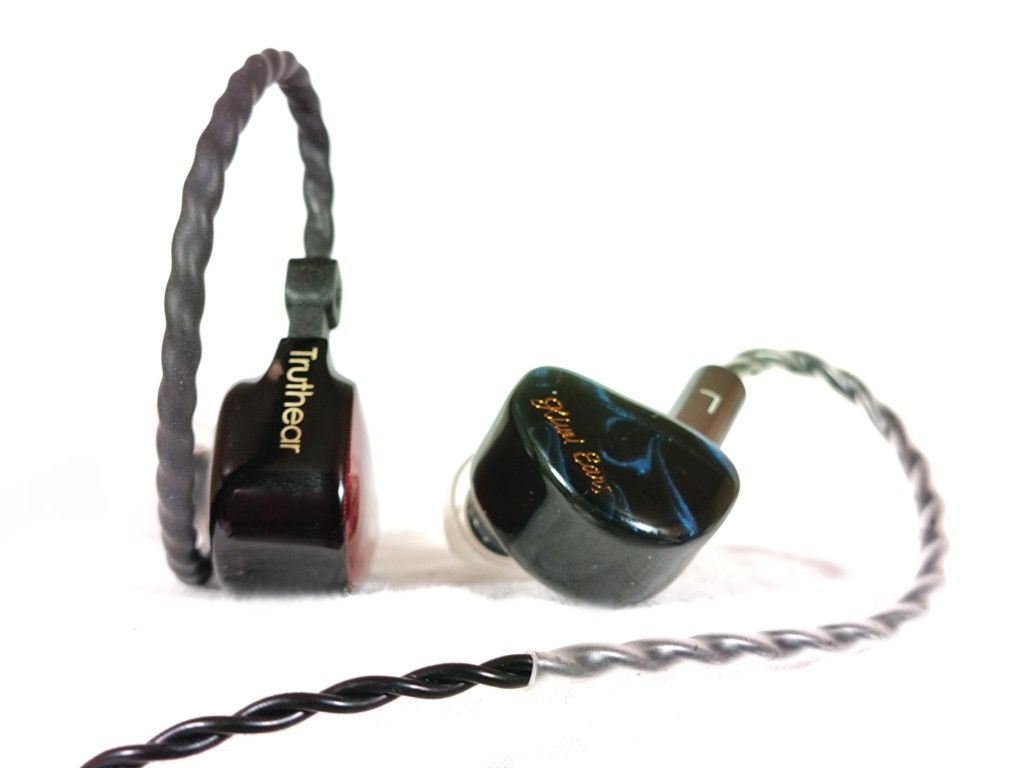
COMPARISONS
For this comparison, I used the Topping A90 amp and the RME ADI-2 DAC FS as a source.
Contradiction by Apparat
The ZERO RED sounds sharp and crisp. The soundstage is quite open. The bass is punchy. I find the sound signature well-balanced, but there’s a crispness to the midrange that I do not welcome.
The Cadenza sounds a bit warmer than the ZERO RED, especially noticeable in the vocals. Otherwise, I find them quite equal both in terms of soundstage, imaging, and sound signature.
Daddy Lessons by Beyonce
Again, the ZERO RED is overly crisp and a bit sharp in the mids. The bass is not very strong but quite well-defined. The soundstage is open and spacious.
The Cadenza has significantly more bass, a bit thicker-sounding vocals and sounds generally less sharp. It has a more natural-sounding timbre, there is something slightly artificial about the ZERO RED’s midrange.
Desert Island Disk by Radiohead
The guitar is relatively crisp and clear with the ZERO RED. Thom Yorke’s vocals are also quite crisp, in a way I don’t really appreciate. The timbre is a bit off. The bass is polite, and dynamics lacking on low volumes. Soundstage is open, and there’s a good sense of instrument separation.
The Cadenza sounds more natural to me; the timbre is more natural, there’s less unwanted crispness, the vocals are fuller sounding, and everything is a bit smoother, in a nice way. There more bass presence. Instrument separation is slightly better with the ZERO RED, though.
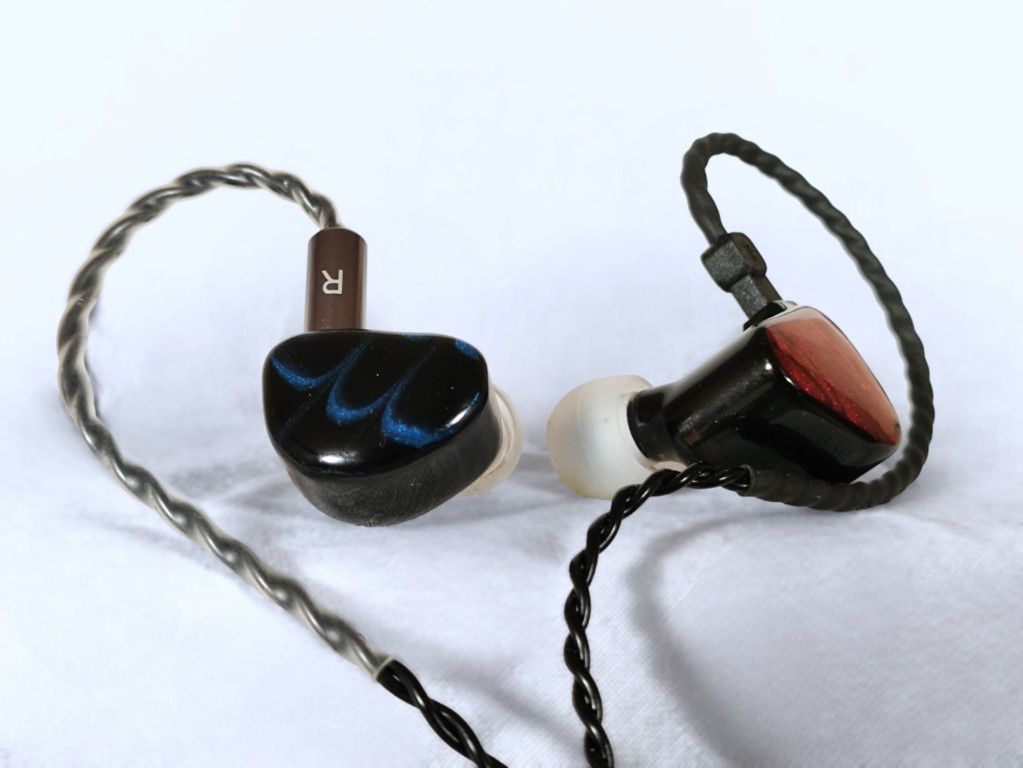
Die Zelle in Nonnenwerth by Leif Ove Andsnes
This tender piano piece sounds crisp and clear with the ZERO RED. It sounds very good. The breath of the pianist is clearly audible.
With the Cadenza, the clarity is reduced, and the piano sounds a bit more diffuse and laid back, but still nice.
Don’t Panic by Coldplay
The ZERO RED sounds very good, with great definition and separation. The vocals are relatively warm sounding, getting some help from a full-sounding but well-separated bass.
The Cadenza sounds a bit too laid-back and less dynamic on this track when compared to the ZERO RED, but the bass is stronger.
Down by Stone Temple Pilots
The ZERO RED sounds very crisp. The separation is good, but I miss some flesh and body to the instruments and the vocals.
The Cadenza sounds a lot fuller-bodied. It’s not especially warmer sounding, but the instruments and vocals have a more meaty sound.
Escape Route by Boris Blank
The bass is full-bodied and well-defined. The separation of instruments is good, and the soundstage is open and wide. A very good presentation from the ZERO RED with this electronic track.
The Cadenza sounds a bit boring in comparison. It has less separation and dynamics; everything blends more together in a not-so-flattering way. The bass is stronger.
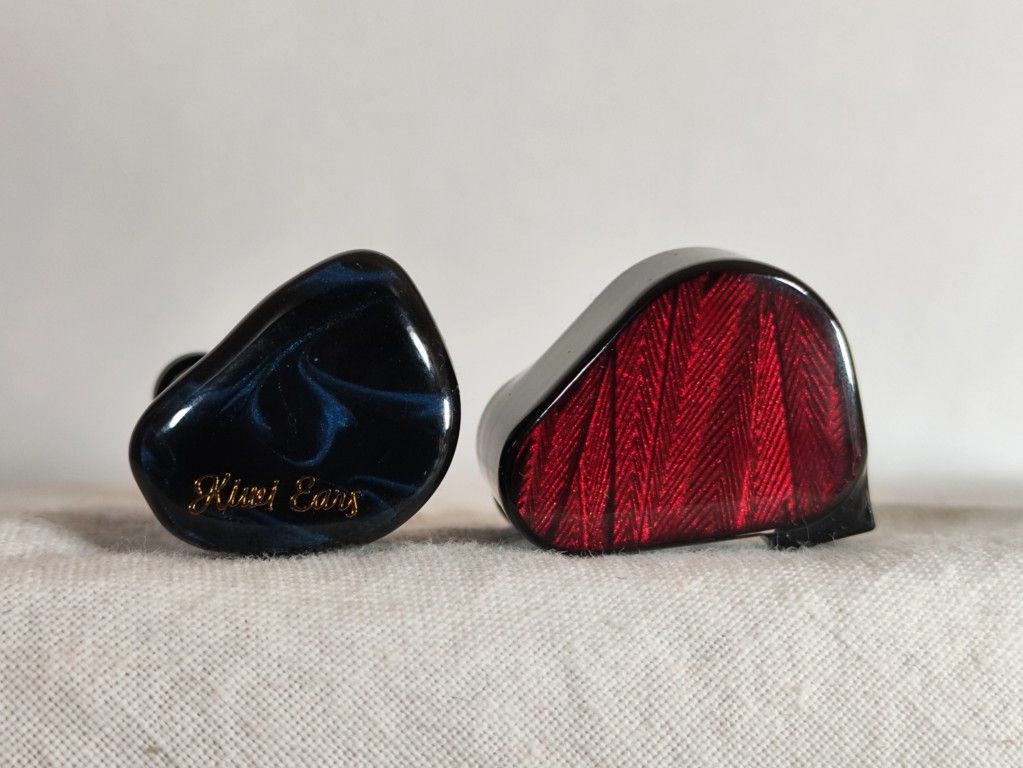
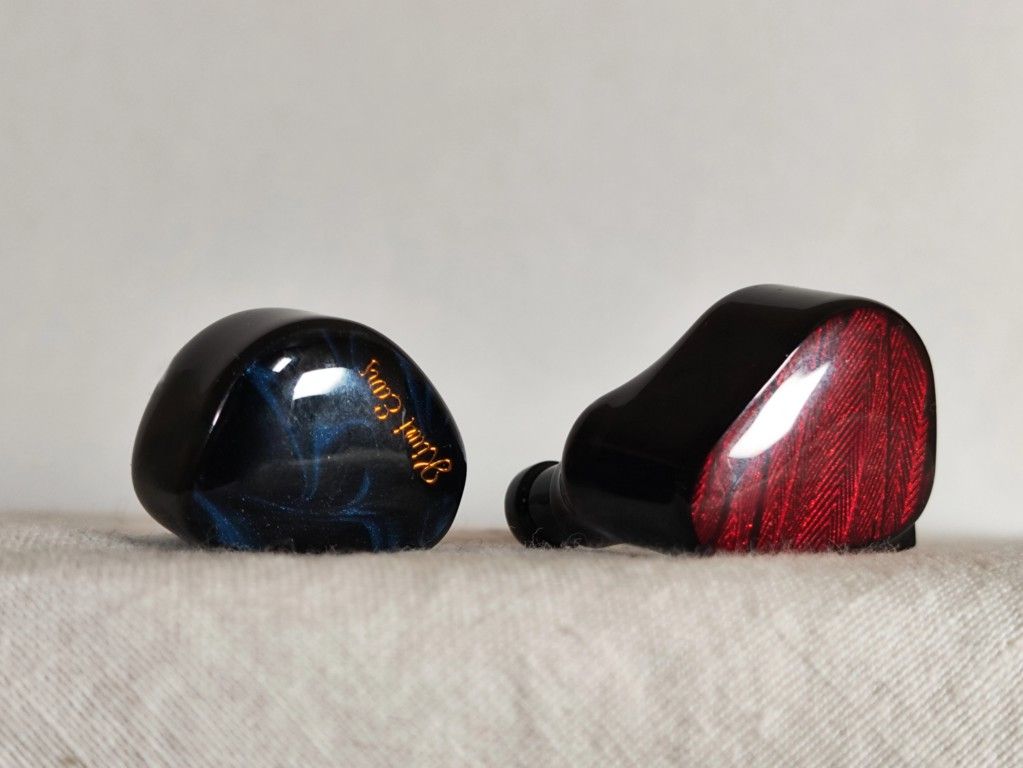
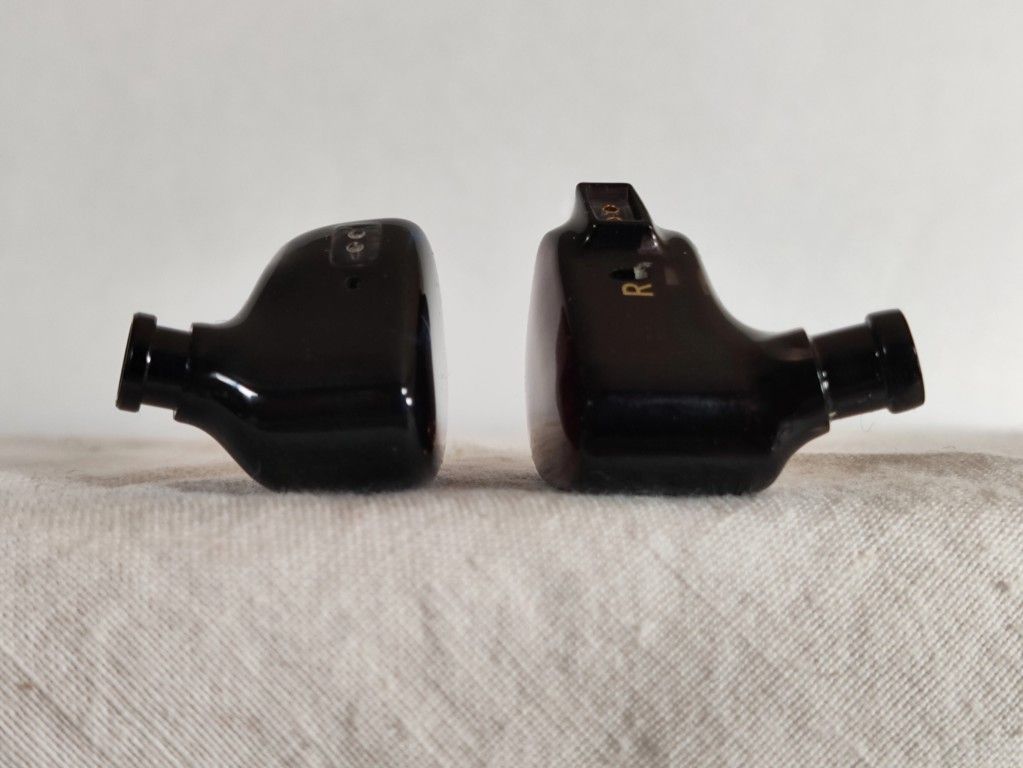
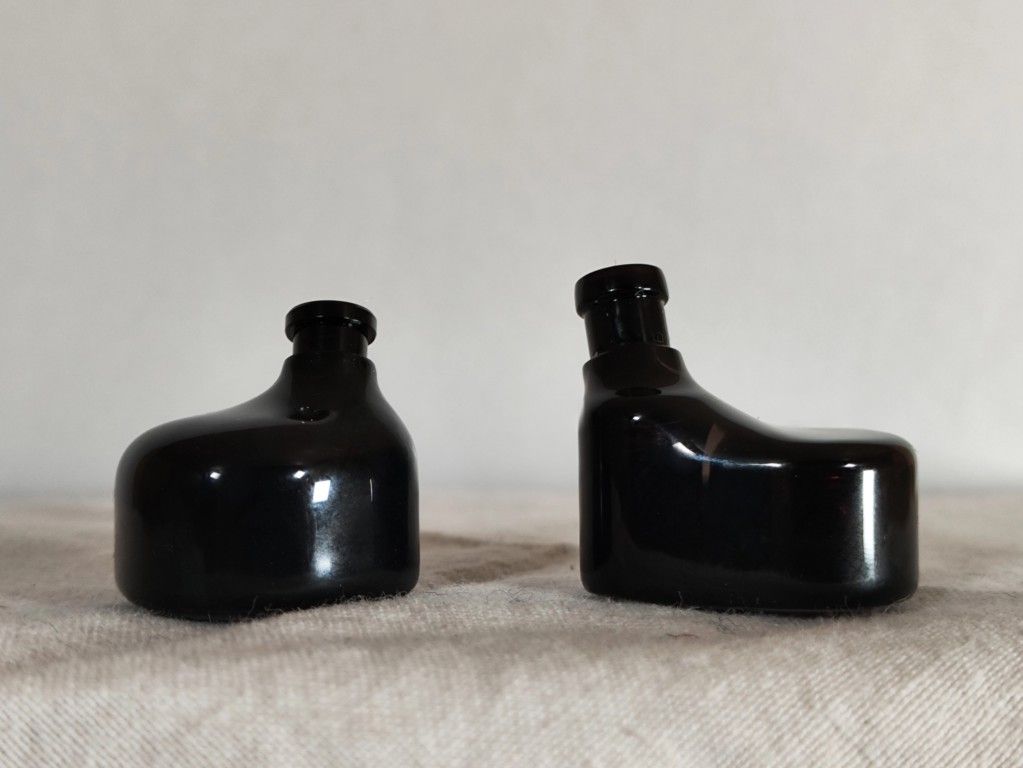
WRAPPING IT UP
Sound Signature
Both IEMs are tuned towards a variation of the “Harman curve”. The Truthear x Crinacle ZERO:RED has a generally present, but not overly powerful, bass and relatively crisp highs without recessing the mids too much. The Cadenza has a similar tuning but oftentimes more bass and generally less treble presence with a more polite midrange.
Treble
I personally often prefer less bright-sounding headphones, and I would not like the ZERO RED to be any brighter. It is quite detailed and has good articulation as long as the volume isn’t set too low.
The Cadenza is a little bit more relaxed in the high regions, but I find them equally resolved, although in a slightly less pronounced manner.
Midrange
The mid-range is the part of the ZERO RED that I like the least. Sometimes it is quite good, but sometimes it feels a bit metallic and shouty. This varies quite a bit from track to track, and sometimes it is great and other times it makes me want to change the track. The midrange presence is okay, even though I find it a bit lacking in warmth and body.
The Cadenza does not have the metallic timbre that the ZERO RED often has. It is more polite and somewhat more diffuse. Often, it sounds more natural and has more body, but sometimes it feels boring and flat in comparison to the ZERO RED.
Bass
The ZERO RED has a nice quantity and a very good quality bass. It sounds relatively warm, and it does not bleed into the mid-range at all.
The Cadenza mostly has a somewhat higher amount of bass. However, whether or not it comes off as slightly more or less bass-heavy depends on the track. The bass is not as well defined as with the ZERO RED.
Detail, Dynamics and Timbre
The ZERO RED has good dynamics and punch for its price as long as the volume isn’t set to low. When it comes to the timbre, I am not as enthusiastic. The bass has a good timbre, but the mids are more of a hit-and-miss. Sometimes it’s natural sounding, other times it is a bit dry, metallic and shouty. The same can be said about the treble.
The Cadenza also has good dynamics and detail level, but the ZERO RED is oftentimes more articulate. When it comes to timbre, the Cadenza is more consistent. It has mostly a very natural-sounding midrange, and it sounds very complete across the frequency spectrum most of the time.
Soundstage and Imaging
The ZERO RED has a relatively wide and open soundstage and decent imaging for the price. There is a good separation of instruments, and the background is quite black.
The Cadenza also has a wide and open soundstage, but the imaging is not as clean and precise as with the ZERO RED.
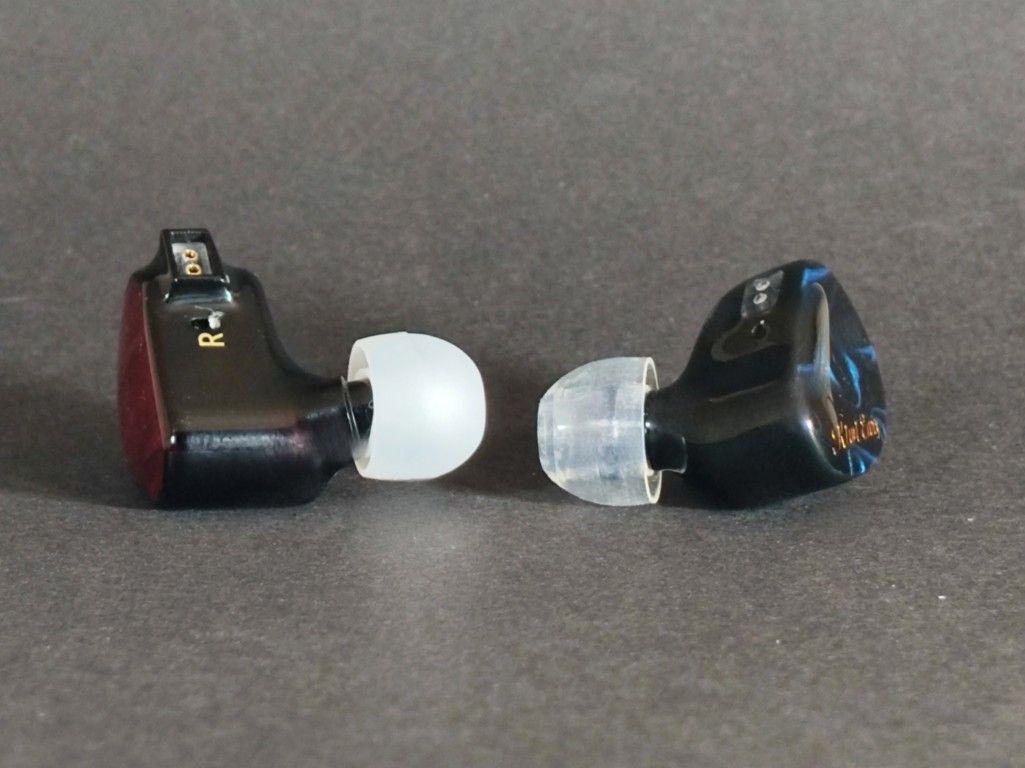
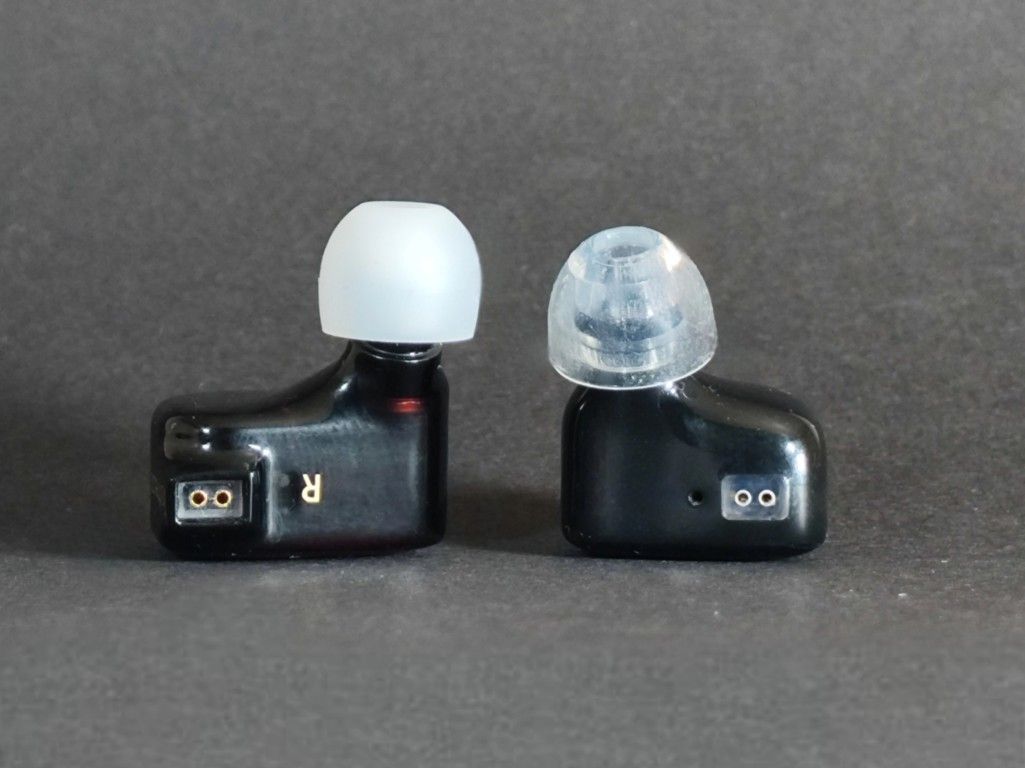
AMPLIFICATION
Both work decently well with my POCO F5 phone’s 3.5mm headphone output.
Using the Dragonfly Red, the Cadenza is at 40–50%; the ZERO RED needs more volume, 60–70%. Further, I tend to find the Cadenza better sounding, more dynamic, and full-bodied than the ZERO ZERO RED when I use the Dragonfly.
Moving on with the THX Onyx, the ZERO RED sounds pretty identical to the Dragonfly. Volume is 60–80%. The Cadenza sounds very much like the ZERO RED on the THX, and I think the Dragonfly Red is a better match for the Cadenza.
My desktop rig is superior to the portable options, but it is also a lot more expensive. It seems clear that both the Cadenza and the ZERO RED scale with the source, and to get the best out of them, a good match is important.
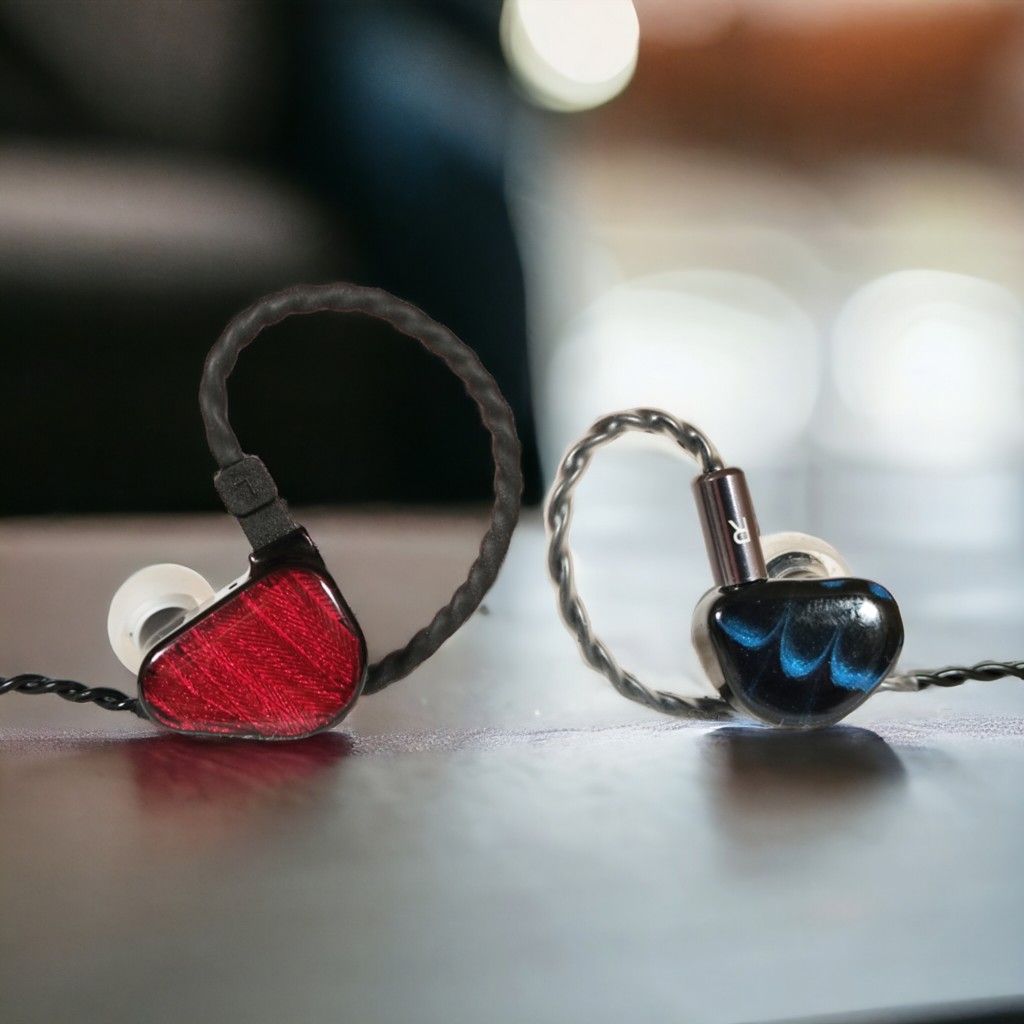
CONCLUSION
In summary, both the ZERO RED and the Kiwi Ears Cadenza offer good sound quality for the money. The Cadenza excels with a more natural sounding timbre, while the ZERO RED delivers more impressive detail and imaging.
The ZERO RED does excel at higher volume and also requires more power from the amp. Its larger physical size might make some users find the Cadenza’s fit more comfortable.
- Buy on Amazon: Kiwi Cadenza
- Buy on Linsoul: Kiwi Cadenza
- Buy on Amazon: ZERO:RED
Any purchase you make on Amazon or Linsoul with any of our affiliate links will give us a small provision at no cost to you.
We only get a provision for items that are not returned, so there’s no incentive for us to recommend something that’s not good.
Linsoul : Headphones, Earbuds, Wireless Earbuds, Desktop DAC/AMP, Portable DAC/AMP, Digital Audio Players,
Amazon: Headphones, IEMs, Headphone Amplifiers, Home Audio or Anything else.
.
If you enjoyed this article or other content on The Headphoneer, you might consider leaving a small donation to keep this website up and running. No donation is too small. Thanks for supporting us!
If you like our work please follow us on Instagram, Facebook and Twitter , it will help us grow. Sharing is caring 🙂


